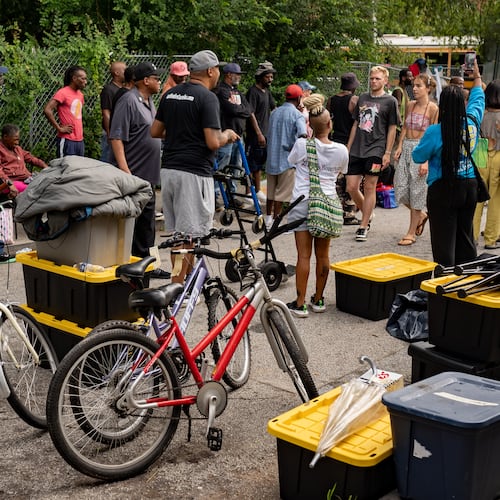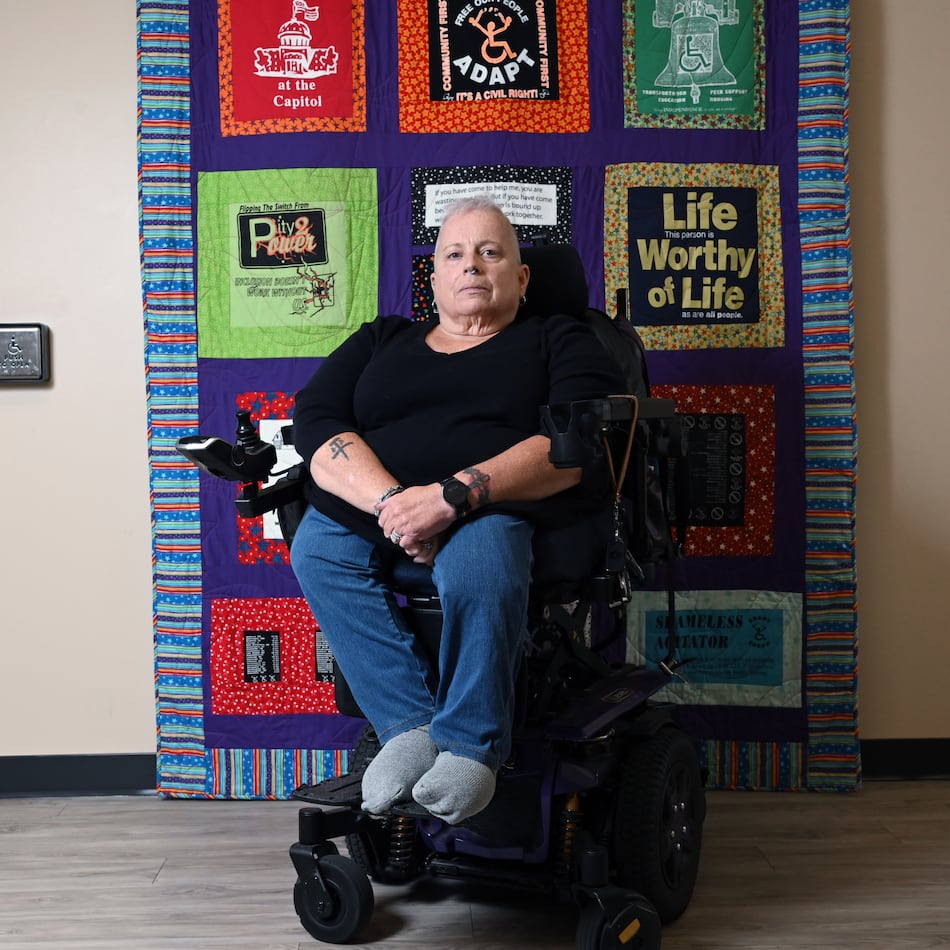When I was in third grade I was a pretty good kid. I got great grades in school, I always listened to my parents and I even washed behind my ears. I knew not to talk to strangers, I knew to respect my elders and I knew to look both ways before I crossed the street. My parents made sure I knew these things backwards and forwards. I knew what to do and what not to do.
Then one spring day, after school let out, I spotted my friend Mike Mori across the street. All these years later I can't remember what Mike had that day that I was so interested in, but whatever it was I was excited to go see him. So, despite all of my parental warnings, I crossed the street without looking both ways. I darted between two parked cars into the road right in front of on-coming traffic. By some miracle, the car that was heading straight toward my eight-year old body, was able to stop just before hitting me. Luckily, the driver knew he was in a school zone and was driving well below the speed limit. Even so, I was literally inches from serious injury or possible death. It was the most frightening moment of my life and it was an experience that I will never forget.
I am reminded of this day every year when school starts back up. We all know that the beginning of the school year is an exciting time for students, but we should also remember that it is a time for us drivers to pay extra close attention to our surroundings. Always assume that there could be an eight-year old darting out into the road. Never assume that a small child is going to look both ways before crossing the street. Always drive slower in school zones, near school bus stops and near school buses.
This is usually a good time to remind drivers about the Georgia state law when it comes to driving and school bus protocol. It's one of the least understood driving laws.
When driving on a two-lane road, obviously traffic on both sides of the road must stop when a school bus stops and the bus driver puts on the flashing lights and extends the bus arm, or stop sign. Lots of people are confused though, about what to do when a bus stops on a four-lane road.
Very simply, when a school bus stops on a four-lane road without a raised divider, all lanes of traffic must stop. If there is a raised divider on the road, traffic traveling the opposite direction on the other side of the divider does not need to stop.
The raised divider could be a grass divider, a concrete divider or any other combination you can think of. If there is no raised divider, and just perhaps a turn lane, all traffic must stop on all lanes.
It's a very important, yet often misunderstood law. With school back in session around the metro area, I think it's important to remind drivers who are out sharing the roads with school buses and sometimes forgetful third graders who really wanted to see Mike Mori on the other side of the street.
About the Author
The Latest
Featured

